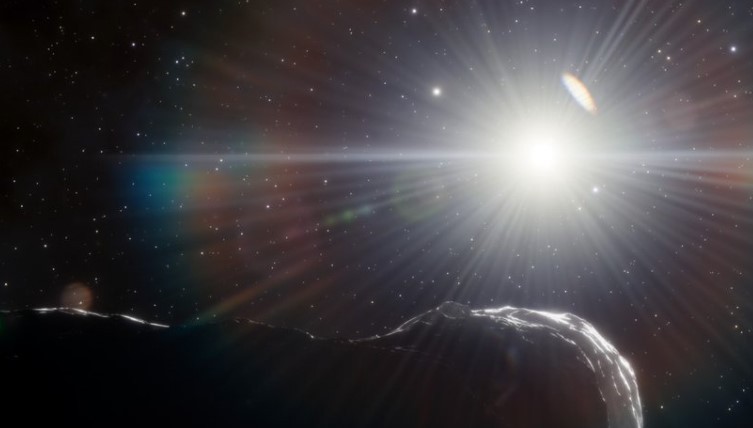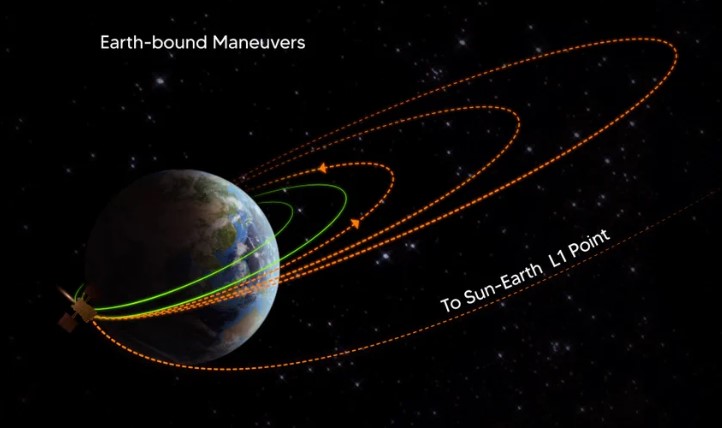The finding of a 3 new asteroids including a large one with an Earth-crossing orbit was revealed by scientists on Monday by a team of International Researchers, producing a slight possibility of a catastrophic collision in the distant future. But they cautioned “Don’t Panic”.
These new asteroids were discovered by the study team using the Dark Energy Camera (DECam) mounted on the Victor M. Blanco 4-meter Telescope at Cerro Tololo Inter-American Observatory in Chile. The location of the objects, which is inside to the orbits of Earth and Venus and difficult to observe due to the Sun’s glare, made the discovery difficult.
The asteroid, designated 2022 AP7, was found in a region where it is notoriously difficult to find asteroids because of the Sun’s glare. It is 1.5 kilometres (0.9 miles) diameter.
It was discovered alongside two other near-Earth asteroids with the aid of a sophisticated tool installed on the Victor M. Blanco telescope in Chile that was initially created to investigate dark matter.
New Asteroids Discovered by Scientists, Including a potential Planet Killer, But Don’t Panic
“2022 AP7 crosses Earth’s orbit, which makes it a potentially hazardous asteroid, but it currently does not now or anytime in the future have a trajectory that will have it collide with the Earth,” said lead author of the findings, astronomer Scott Sheppard of the Carnegie Institution for Science.
The potential danger stems from the fact that, like any orbiting object, the course of the item would gradually change as a result of various gravitational influences, most notably those exerted by planets. Long-term forecasts are therefore challenging.
The newly-discovered asteroid is “the largest object that is potentially hazardous to Earth to be discovered in the last eight years,” said NOIRLab, a US-funded research group that operates multiple observatories.
2022 AP7 takes five years to circle the Sun under its current orbit, which at its closest point to Earth remain several million kilometres away.
The risk is therefore very small, but in case of a collision, an asteroid of that size “would have a devastating impact on life as we know it,” said Sheppard. He explained that dust launched into the air would have a major cooling effect, provoking an “extinction event like hasn’t been seen on Earth in millions of years.”
His team’s results were published in the scientific journal The Astronomical Journal. The two other asteroids pose no risk to Earth, but one is the closest asteroid to the Sun ever found.
Some 30,000 asteroids of all sizes — including more than 850 larger than a kilometer wide — have been catalogued in the vicinity of the Earth, earning them the label “Near Earth Objects” (NEOs). None of them threaten Earth for the next 100 years.
According to Sheppard, there are “likely 20 to 50 large NEOs left to find,” but most are on orbits that put them in the Sun’s glare.
In preparation for a future discovery of a more threatening object, NASA conducted a test mission in late September in which it collided a spacecraft with an asteroid, proving that it was possible to change its trajectory.
The 1.5 kilometre-wide asteroid was discovered in area notoriously difficult to spot objects due to the glare from the Sun.






